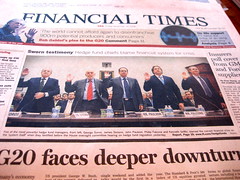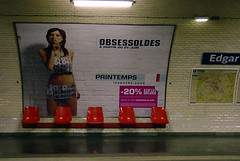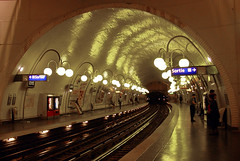US transport shows speed, scope of economic slide
(Source: Reuters) 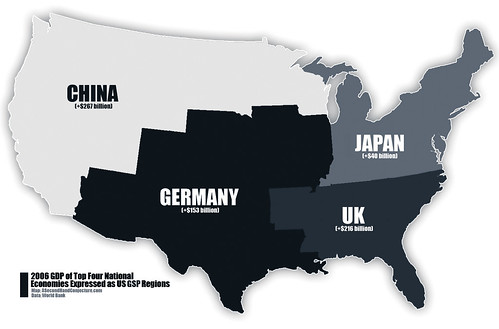
This is ugly.For a picture of how rapid and steep the decline in U.S. manufacturing and retail sales has been in this recession, there are few better sectors to look at than transport.
Freight volumes — everything from raw materials to durable goods — have plummeted virtually across the board, making forecasting demand near impossible.
“We’ve downgraded our forecasts several times already this year — and it’s only March,” said John Levine, president of Pinsly Railroad Co, which owns short-line railroads in Florida, Massachusetts and Arkansas. “Business has fallen off in a way that none of us have seen.”
To weather the slump, Pinsly has cut back hours for workers so all of its 150 employees are still working, he added.
According to data from the Association of American Railroads (AAR), rail carload traffic for the first two months of 2009 was down 15.8 percent.
Historical data shows the drop in U.S. manufacturing activity eclipses the recessions of the 1980s and 1970s and in terms of speed and scale it is comparable with — but not as bad as — the Great Depression before World War Two.

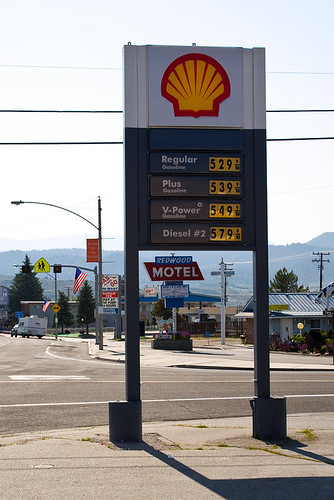


 The low-carbon fuel standard, if approved next month by the state’s
The low-carbon fuel standard, if approved next month by the state’s 



















